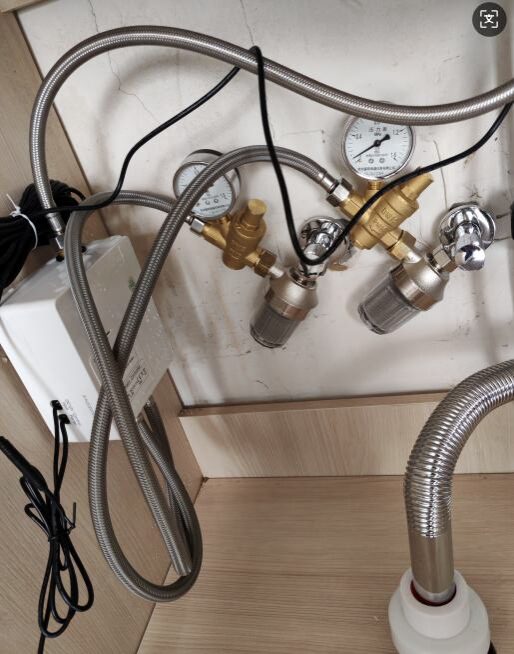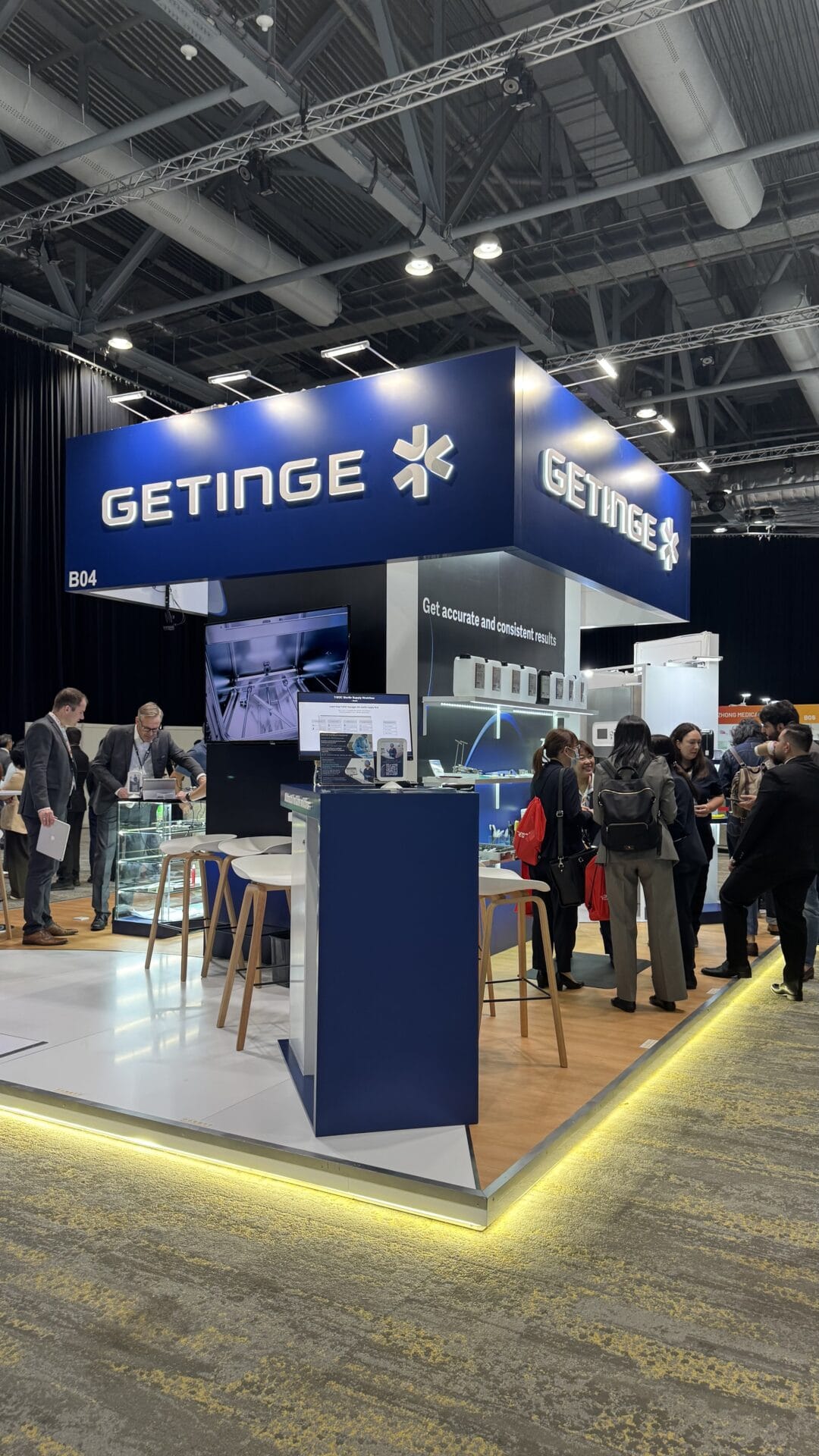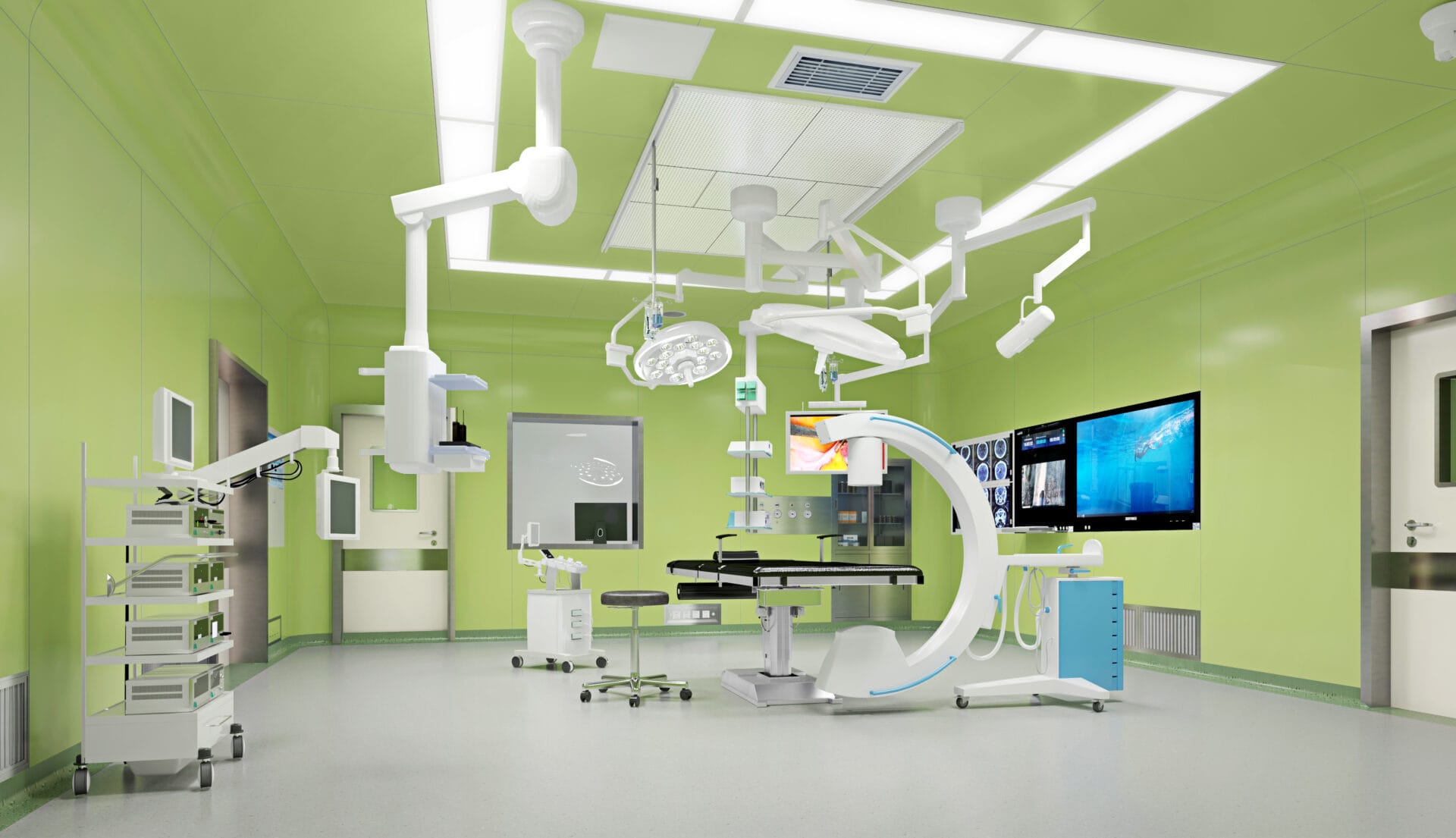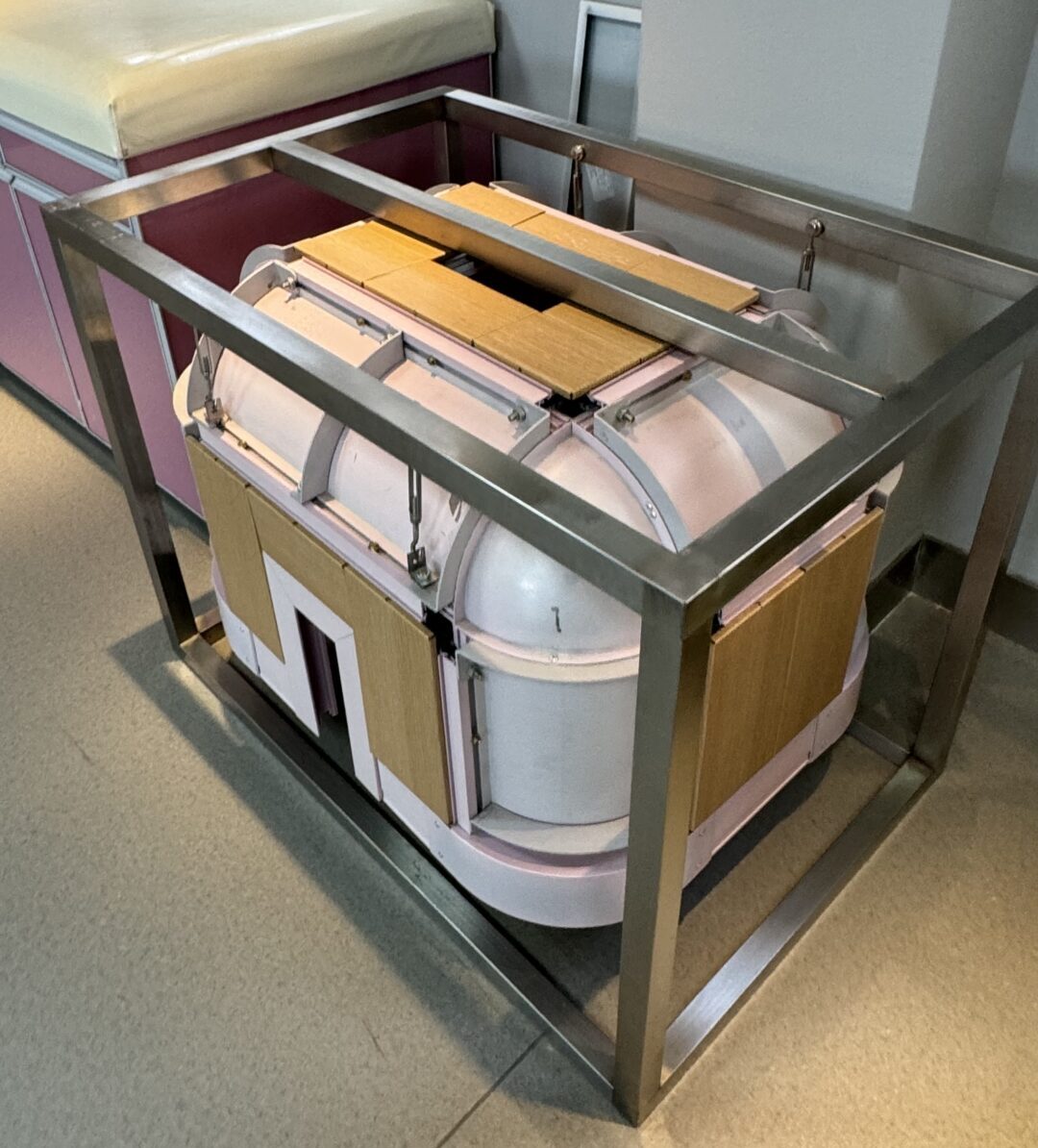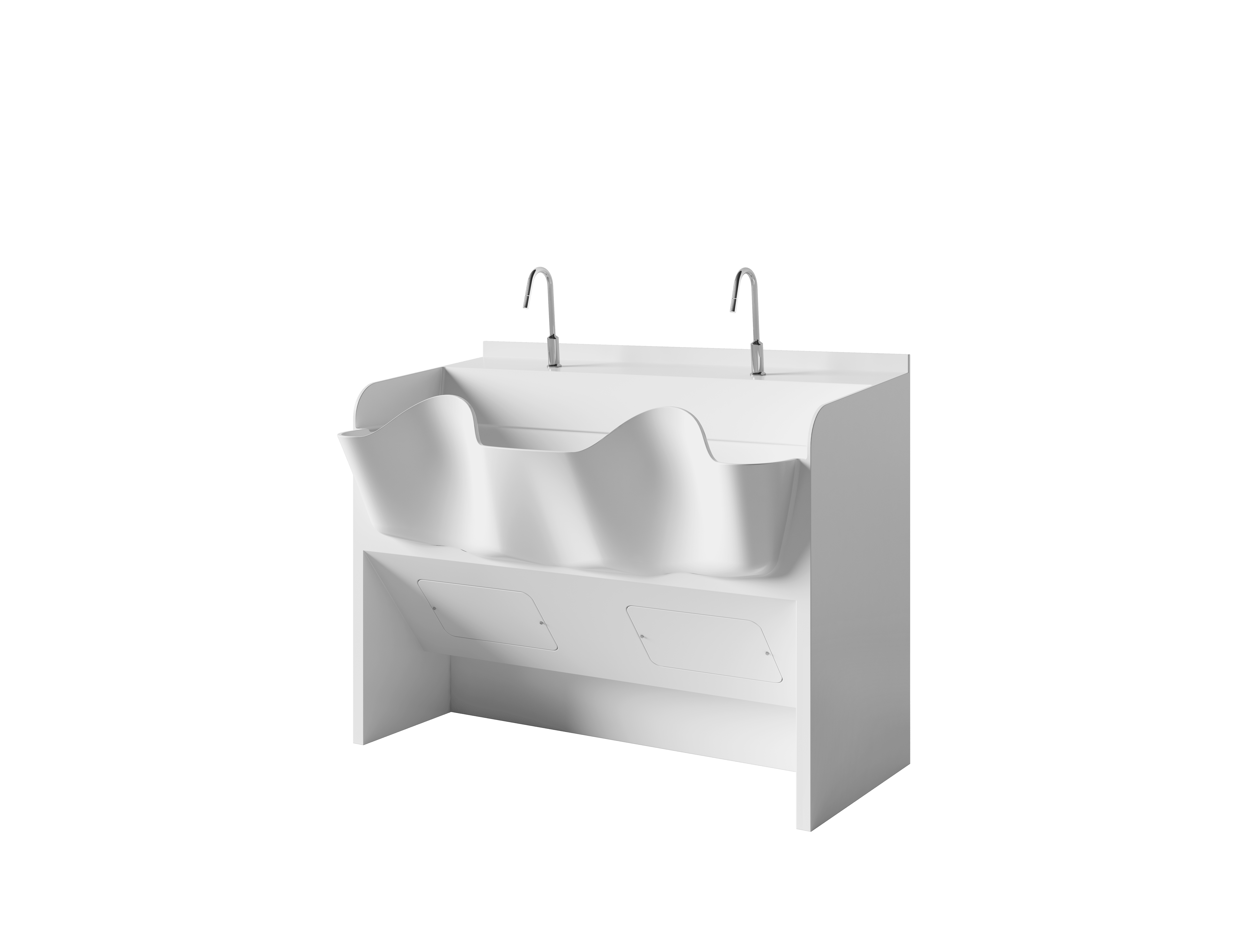Air Return and Exhaust Grills for Operating Rooms: What You Need to Know
Published by ICARELIFE – Innovating Spaces That Heal

Why Air Return and Exhaust Grills Matter in Operating Rooms
In modular operating rooms and cleanroom environments, return air and exhaust grills are critical components of the HVAC system. They ensure controlled airflow, maintain differential pressure, and remove airborne contaminants, contributing to infection control and regulatory compliance.
Types of Return and Exhaust Grills
- Perforated Grills: Common in cleanrooms and OT walls, offering balanced airflow and easy cleanability.
- Blade Louvers: Adjustable vanes for directional airflow and duct pressure control.
- HEPA Return Grills: Integrated with HEPA filters for critical zones.
- Floor-Mounted Grills: Used in ultra-clean zones, such as hybrid or orthopedic operating theaters.
Key Features to Consider
When selecting air return or exhaust grills for your operating theater, consider:
- Material: Stainless steel or powder-coated aluminum for hygiene and corrosion resistance.
- Design: Flush-mounted or rounded edges for easy cleaning and zero dust accumulation.
- Airflow Rate: Compatible with AHU performance and laminar flow system.
- Filter Integration: Option to add pre-filters or HEPA for return/exhaust air streams.
Return Air Grill Placement Strategy
Grills should be placed at low levels (typically 150–300 mm above the floor) to encourage top-down laminar airflow and proper contaminant removal. In pressure-controlled rooms, this supports effective differential pressure maintenance.
ICARELIFE Solutions
ICARELIFE offers customizable return and exhaust air grills for operating theaters. Our products are compatible with laminar ceiling systems, medical AHUs, and cleanroom HVAC designs.
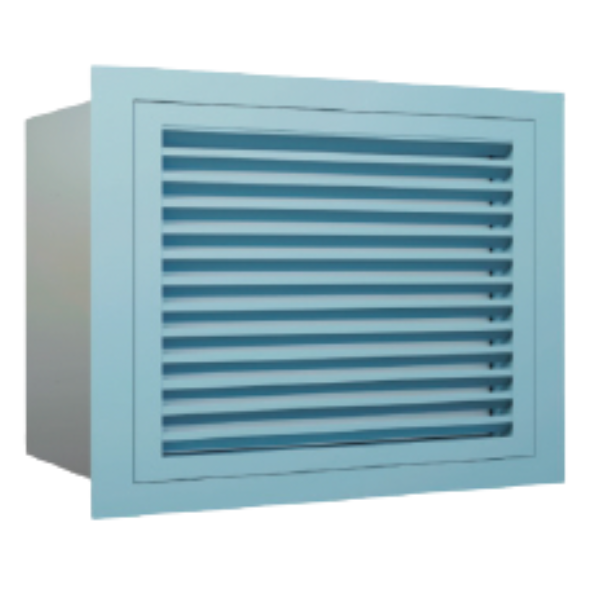
Conclusion
Return air and exhaust grills may seem simple, but their design and placement play a major role in operating room safety. A well-designed airflow strategy, supported by ICARELIFE’s precision-engineered HVAC components, ensures optimal hygiene and performance in modular surgical spaces.

